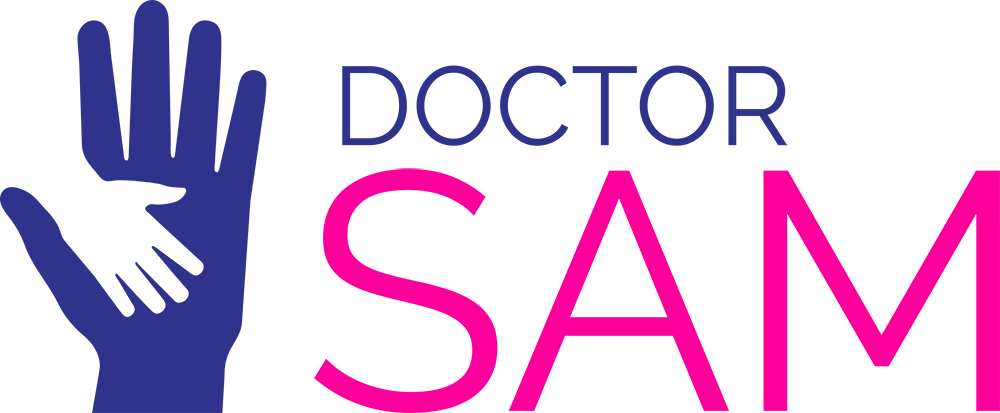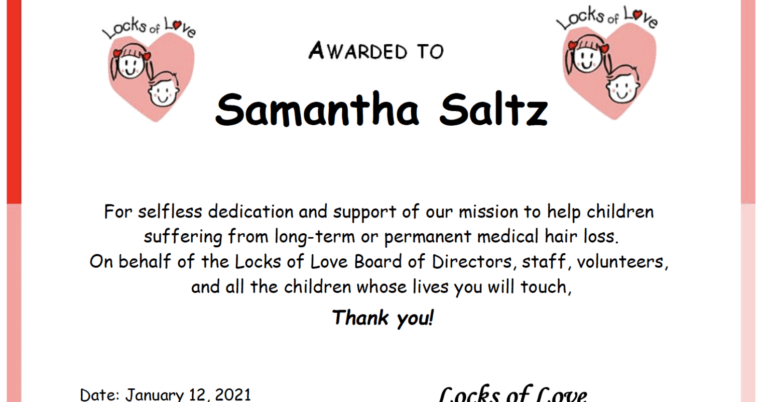Kristy was breathtaking. She was about 4’11”, had beautiful brown hair and blistering blue eyes. Her skin was gentle, soft, much like a China doll and always natural. Kristy didn’t wear makeup, she didn’t need to. However, she didn’t see herself as beautiful. She couldn’t. All she could see was loneliness at the lunch table and phony friendships. Why was it so hard for Kristy to fit in? Kirsty was blind.
Society labeled Kristy by her blindness and parents referred to her as “the blind kid.” Many parents didn’t say this maliciously. After all, it was a fact. But the children listened when their parents spoke about Kristy. Soon, classmates started referring to her as the blind kid as well.
This hurt Kristy. She couldn’t understand why she was defined by what disabled her, while other children were defined by their strengths. She was right. There are football players, cheerleaders, and brainiacs. But kids with disabilities are often defined by their limitations.
Although Kristy couldn’t see, her hearing was impeccable and she heard the comments kids made when she passed them in the hall. Kids would chuckle and refer to her as BK (an acronym they developed for “blind kid”). She came home one day and told her mother that she didn’t want to bring her cane to school anymore. After all, the cane made her blindness visible.
Her mom was furious. Kristy’s cane was her window to the outside world. It had always provided her with a sense that she could navigate this world like everyone else, but to others it was a symbol that she couldn’t.
The purpose of this excerpt is to: (1) show parents the danger of labels; and (2) encourage empathy for those with disabilities.
If you have a child who’s physically healthy, count your blessings and remind yourself of the struggle that many face. Educate your children on differences and teach them to embrace those who live with physical, emotional, or educational challenges.











